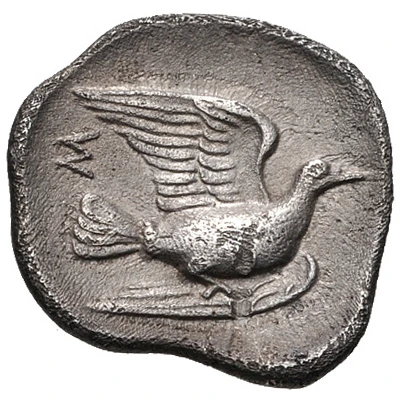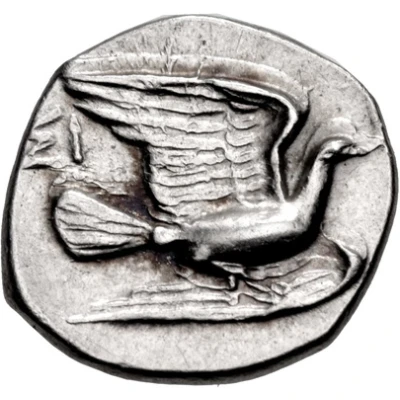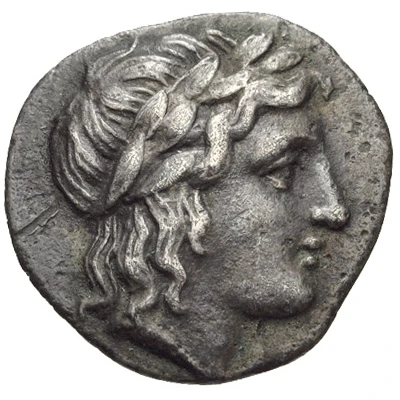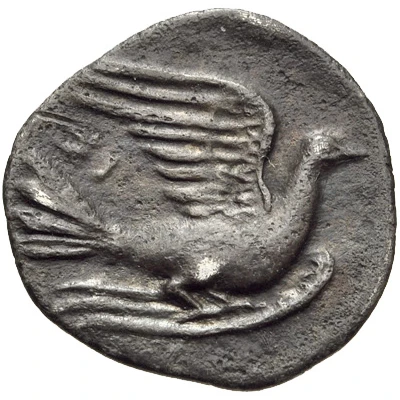


© Classical Numismatic Group, Inc.
Obol 370 BC - 330 BC
| Silver | 0.86 g | 12.0 mm |
| Issuer | Sikyon (Sikyonia) |
|---|---|
| Type | Standard circulation coin |
| Years | 370 BC - 330 BC |
| Value | Obol (⅙) |
| Currency | Drachm |
| Composition | Silver |
| Weight | 0.86 g |
| Diameter | 12.0 mm |
| Shape | Round (irregular) |
| Technique | Hammered |
| Demonetized | Yes |
| Updated | 2024-10-10 |
| Numista | N#149518 |
|---|---|
| Rarity index | 100% |
Reverse
Dove flying right with the letter Σ above tail feathers
Script: Greek
Interesting fact
The Obol coin from Sikyon was used as a form of payment for workers in ancient Greece, specifically for those who worked in the fields. It was a small coin, made of silver, and had a value of one-sixth of a drachma, which was the standard unit of currency at the time. Despite its small value, the Obol was an important coin for everyday transactions and played a significant role in the economy of ancient Greece.



